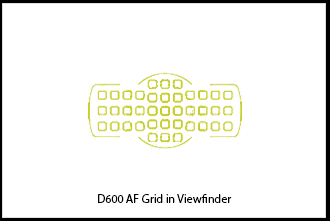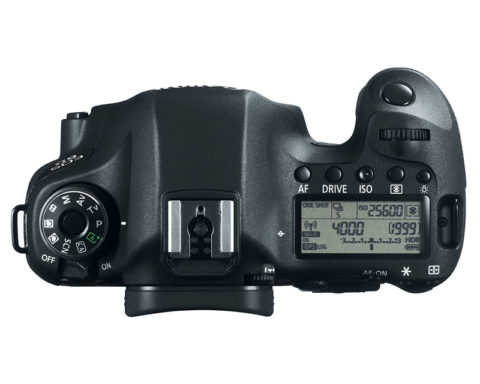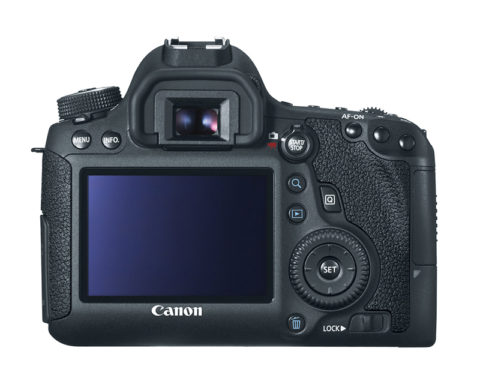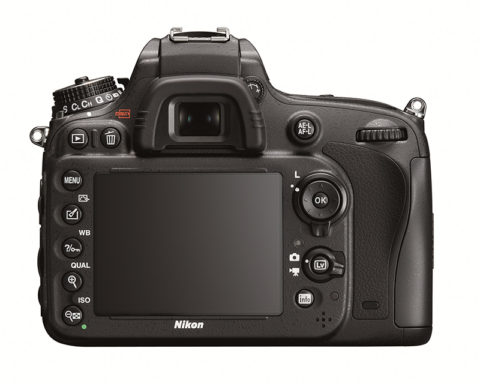Canon 6D & Nikon D600, Entry Level Full Frame
Sony tried the sub $2000 entry level camera routine some years ago in an attempt to garner some market share; it didn’t work then. Some would suggest it was premature, I would suggest the problem was that it was a Sony, and as camera companies go, Sony didn’t, and still doesn’t really have what matters, glass. Which brings us to the end of 2012, and Canon and Nikon are both releasing $2100 entry level full frame cameras.
I’ve grouped the 6D and D600 together because I’m not going to go into any great detail with respect to looking at their ergonomics. In a lot of ways they are very much clones of existing cameras with minor changes. The D600 is largely a D7000 with a bigger sensor. Likewise, the 6D is in many ways a 60D with out the flash and a bigger sensor. Both bodies clearly look like solid entry-level bodies for a person wanting a full frame body but not to spend $3000-3500 on it. They also look like they’d make pretty solid backup bodies for a 5D-3 or D800 user who wants to keep the frame size, but not spend quite as much.
The EOS 6D
Canon’s entrant to the entry-level full frame body market is something that falls somewhere between underwhelming and safe. That’s not that it looks like a bad camera, just that it’s not real exciting—granted the D600 doesn’t do much for me either.
The brass tacks are as follows:
- 20.2 MP
- ISO 100-25600 (expanded to 50-102,400)
- 4.5 FPS, 3 FPS in silent mode
- 17 RAW/1250 JPEG frame buffer
- 11-point AF System
- 30s-1/4000th; 1/180th X-Sync
- 97% 0.71x magnification viewfinder
- 1080p video
- Built in GPS and WIFI
- SD Card slot
On the plus side, built in wifi and GPS promises to be well interesting. Though I personally find GPS largely useless for what I do, I can see the value people would see in it. Wifi is an entirely different cup of tea, though there’s the remote control aspect—which I find to be highly overvalued by gear nuts—the ability to clean up one of the few remaining wires on the studio floor while shooting tethered is the big advantage to me. Moreover, built in means you’re not laying out the standard $800 for the Wifi add-on which has always struck me as ridiculous.
As for the AF system, the 11 points are a bit disappointing. The pattern follows the same diamond pattern that’s in the 5D mark 2 and 5D before it; only the invisible assist points are gone, and two new points have been added to the left and right of the center point. Contrary to the general grumbling I see online by “photographers” I don’t really see the problem with this.

AF points are good, but having a ton of points crammed in the center of the viewfinder like the D600 has, doesn’t make for all that useful of an AF system. As it stands, there’s really only 1 case where more AF points provide meaningful utility; tracking small things, like birds in flight. With only 4.5 FPS and a buffer of 17 RAW frames, the 6D isn’t exactly up there as the best choice for sports or action wildlife—it’ll work in a pinch, but then so will the 11 point AF system. For the serious bird photograph, the 7D is still a better solution than this.
Showing the “simplified” design ideals, the top of the Camera follows the 60D’s stripped down control scheme. The 3 control buttons on the top right “shoulder” are single mode only, unlike those on the 5D Mk. III. Though this certainly simplified the UI to some degree, it also buries potentially useful controls like flash exposure compensation,

The 6D also follows Canon’s current UI trend of loading controls to the right of the ISO button and then adding a nib to the ISO button to help index it. This is something I’ve found to be incredibly annoying on my 5D mk. 3, where I tend to hit the light button instead of the ISO button when under pressure. The 6D, like the 60D, loads it even worse by moving the metering mode button to the right of the ISO button as well.
Like it’s 5D Mk.2 predecessor, the 6D doesn’t make the switch to the larger eye-cups that the 5D mk. 3, 7d, and EOS 1 bodies use. This

The one last disappointing factor to me is the use of SD cards for storage. I don’t like SD cards, I find they’re too small, and though cheaper than compact flash, the performance is all over the place in a bad kind of way.
All told, the 6D looks like a decent entry level full frame camera, or at least it will in a couple of months when the price drops under $2000. As it stands now, I have a hard time seeing it as wort the $2100 that Canon is suggesting it should retail for.
Nikon D600
Standing shoulder to shoulder with the Canon 6D, Nikon has announced their new D600. Quite frankly, it’s not all that unsurprising of a camera either. Like the 6D the D600 is an entry level full frame body with an estimated street price of around $2099. Unlike the 6D, Nikon chose to reuse existing hardware to shave costs instead of trying to engineer new bits aimed at balancing cost with non-competing capabilities.
Before I go further, the brass tacks for the D600 are as follows.
- 24.3 MP
- ISO 100-6400 (expanded ISO 50-25600)
- 5.5 FPS
- 39-point AF system
- 30s-1/4000th, X-sync 1/200th
- 100% 0.7x magnification viewfinder
- Dual SD card slots
Unlike Canon, Nikon chose to reuse the Multi-Cam 4800 system in from the D7000 pretty much verbatim. Unfortunately, while the smaller pattern gives great coverage in a DX body or in DX crop mode, it’s hamstrung the same exact way the 6D’s AF grid is when it comes to full frame shooting, there just isn’t that much coverage.

Ergonomics and control wise, the D600 is very similar to the D7000; which is to be expected. The biggest differences is the reworked live-view selector, AF point selector lock, and the new LCD mounting system to reduce reflections.

One thing Nikon didn’t skimp on is strap mounts. The D600 uses split rings instead of the the cheaper less flexible loops that Nikon uses on their entry level cameras. It probably doesn’t matter to many, but I find that split rings and a locking D-ring on the strap to be a preferable quick release system than anything that leaves short bits of strap dangling from the camera.
Similarly to Canon’s 6D, the D600 also shares eye-cups with the lower tier Nikon models not the higher tier ones, though it’s not necessarily worth worrying about.
All told, with an estimated street price of $2099, the D600 is in a way a better value for the money than the 6D is. That said, I don’t see either body being sufficient to warrant switching platforms over. Nor do I consider either to be an “upgrade” over their respective high-end crop counterparts; they are, and should be, viewed as a different platform with a separate strengths and weaknesses.

